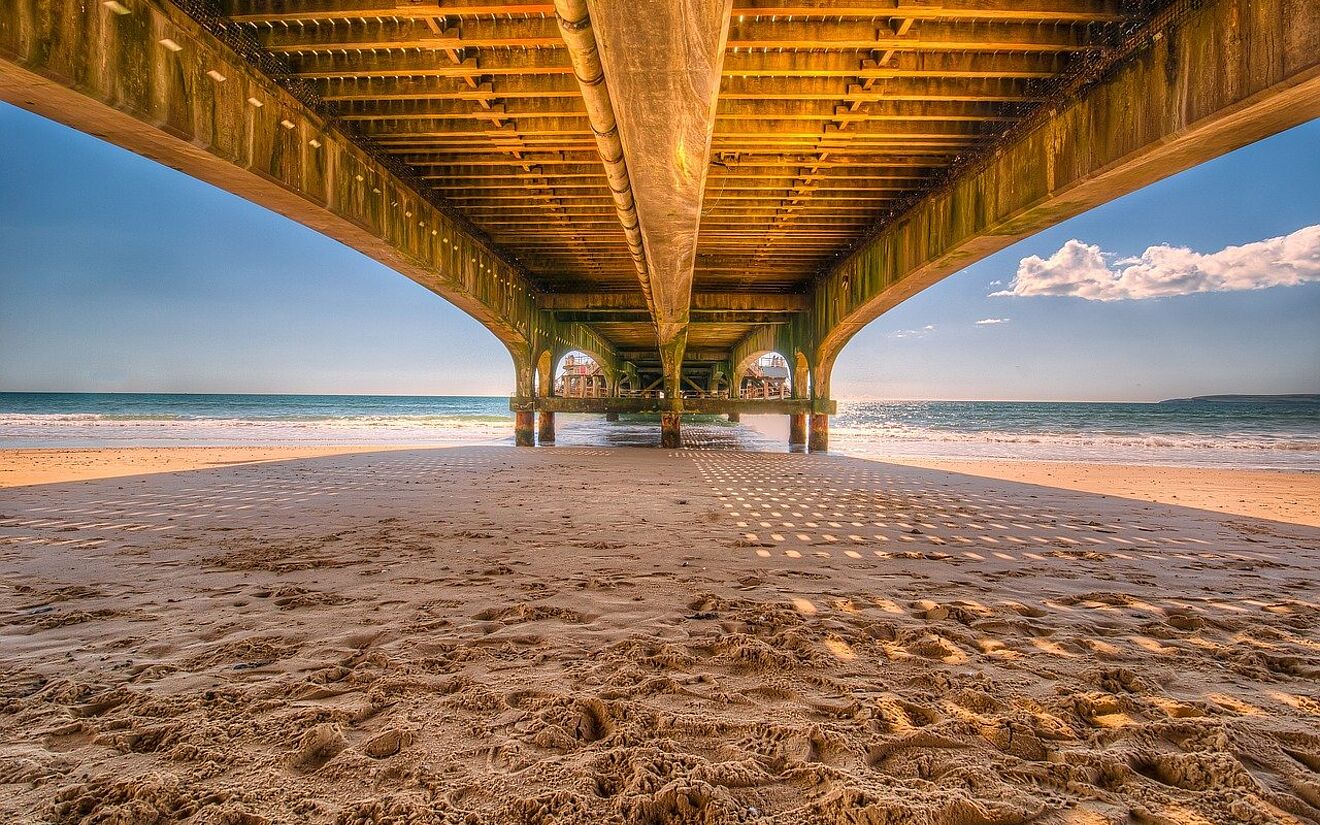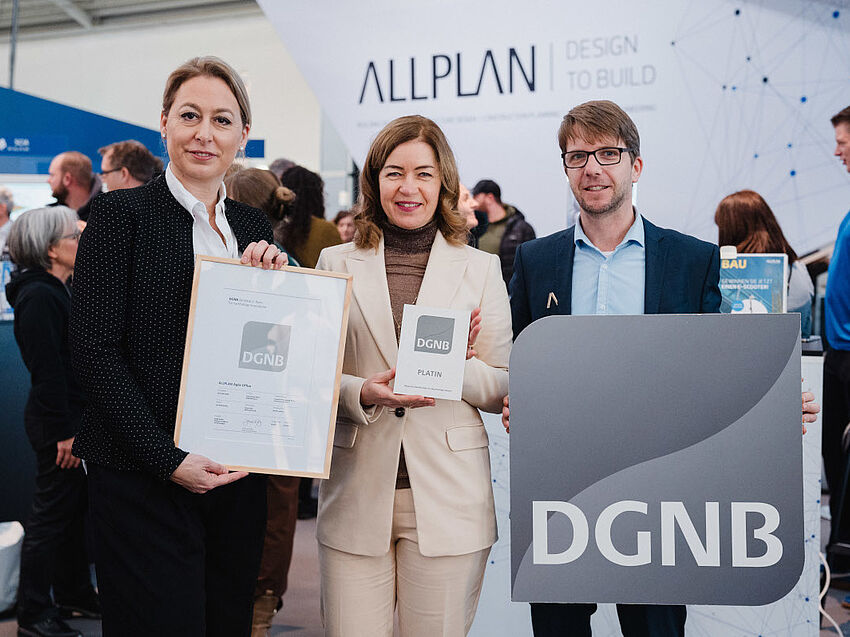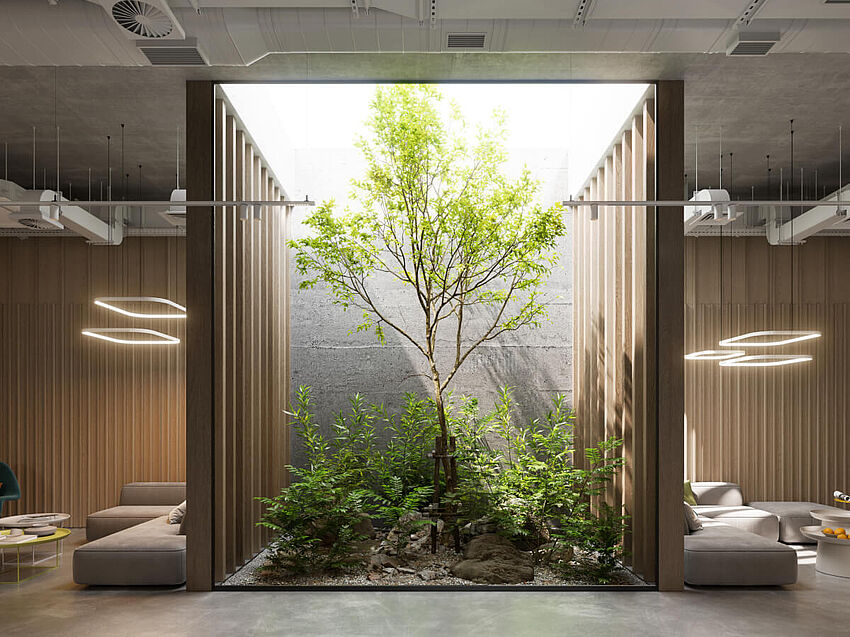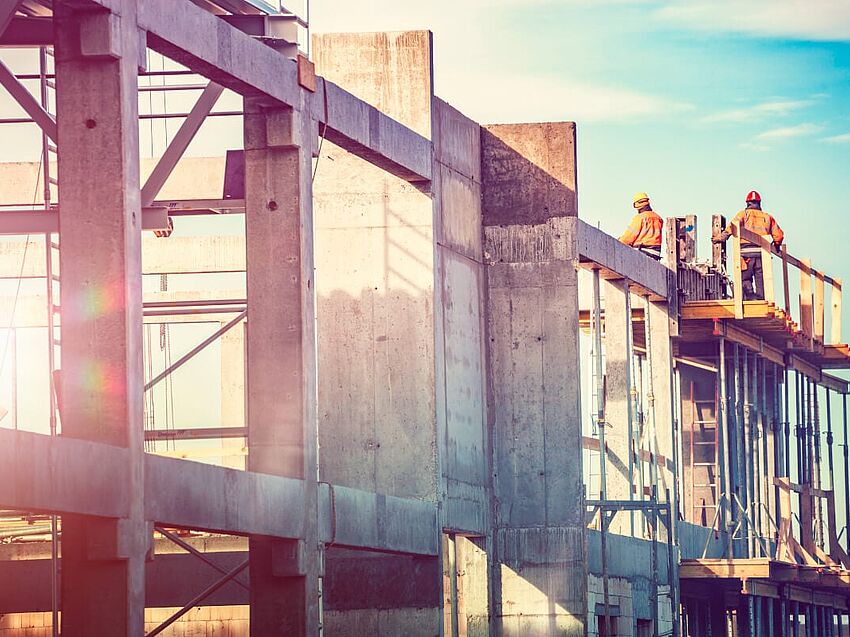Hardwood is an ancient building material in Europe. Bamboo comes from the tropics and was primarily used by the poor. In the past few years, however, it has become “green gold” across the globe: building with bamboo is the current trend. Find out in this post the history of these two materials and their benefits and disadvantages for supporting structures.
The history of bamboo in construction
The evergreen bamboo plant grows between the Tropics of Cancer and Capricorn. In particular, in Asia and in South America it has been known as a building material for houses, bridges or scaffolding for thousands of years. The species Guadua found in Colombia grows to a height of 25 metres within a few months and has a wall thickness of three centimetres. In China the properties of bamboo symbolize the mentality of the people who live there: endurance, flexibility and consistency. Precisely these features make the plant a precious building material. Its tensile strength can be equated with that of steel, its degree of hardness corresponds with that of oak.
The history of hardwood and softwood in construction
In Germany and Europe several kinds of hardwood and softwood have always served as stable building materials. They are used in the form of parquet and also wall, ceiling or facade cladding. Builders have used the load-bearing properties of beech, oak or ash for centuries for trusses, columns or supports. The first timber log cabins date back to the 3rd century BC between Lake Constance and Allgäu. The traditional wooden timber-framed houses typified towns and villages throughout central Europe for more than 300 years. Hardwood and softwood is increasingly being used in modern architecture as an ecological and sustainable material.
Benefits and disadvantages of bamboo and wood for load-bearing structures
Hardwood and bamboo can be used for supporting structures in the building. They have to meet stringent standards; sawn timbers for example must conform with DIN 4074. Hardwoods such as beech, oak and ash have markedly better mechanical properties than softwood. Carefully selected cuts correspond with sorting class 10 for normal, or sorting class 13 for above-average, load carrying capacity. Nevertheless, the drying proves to be a complex process. Even in the case of dried wood (20 percent moisture) the slightest changes in the wood moisture trigger marked swelling and shrinkage.
Bamboo has a high elasticity and is, therefore, suitable as a building material for earthquake-prone regions in particular. In order to make this wood durable various surface treatments are required. The nutrients are removed from the dried plant in order to make it less vulnerable to mould or insects. Once installed, it can attain a life span of 50 to 80 years.
Another important aspect in favour of bamboo is its sustainability. On account of its rapid growth the material can be ready for construction within five to seven years – in contrast, hardwoods require at least 35 years. However, the European forestry is also working on ecological concepts for indigenous wood.
At present adequate legal guidelines are lacking in Germany for the increased use of bamboo as an alternative to hardwood or softwood. Nevertheless, various projects internationally demonstrate how bamboo as a load-carrying element can be used. In Darmstadt, in 2005 an office complex was built with a roof construction made of 33 bamboo supports and in Bali (Indonesia) German-Colombian carpenter Jörg Stamm created a hall and a bridge out of bamboo in 2007.
Further research is needed
Bamboo is regarded as a non-indigenous building material in Germany. Consequently, architects, carpenters and builders have far greater knowledge of hardwood and softwood as a supporting structure. Innovative research is, therefore, necessary. In future, in particular composite materials will be used. Scientists are currently working on a combination of bamboo wood and epoxy resins, in order to increase the durability of the material.




